Universe
ID: 12679
High-energy particles called cosmic rays constantly shower our planet. Protons are the most common cosmic ray particles, but electrons, helium nuclei and the nuclei of heavier elements make up a small percentage. All are direct samples of matter from interstellar space.
The Cosmic Ray Energetics And Mass mission for the International Space Station (ISS-CREAM) is designed to measure the highest-energy cosmic rays of any detector yet flown in space. The refrigerator-sized, 1.4-ton (1,300 kilogram) experiment will reside on the Exposed Facility platform extending from Kibo, the Japanese Experiment Module, after its launch in August 2017.
The mission's goal is learn more about the origin of cosmic rays and the acceleration mechanisms that drive them to extreme energies. ISS-CREAM is designed to detect cosmic rays with energies reaching 1,000 trillion electron volts (1 PeV), far beyond the reach of particle accelerators on Earth.
ISS-CREAM detects cosmic ray particles when they slam into the matter making up its instruments. First, a silicon charge detector measures the electrical charge of incoming particles, then layers of carbon provide targets that encourage impacts, producing cascades of particles that stream into electrical and optical detectors below while a calorimeter determines their energy. Two scintillator-based detector systems provide the ability to discern between singly charged electrons and protons. All told, ISS-CREAM can distinguish electrons, protons and atomic nuclei as massive as iron as they crash through the instruments.
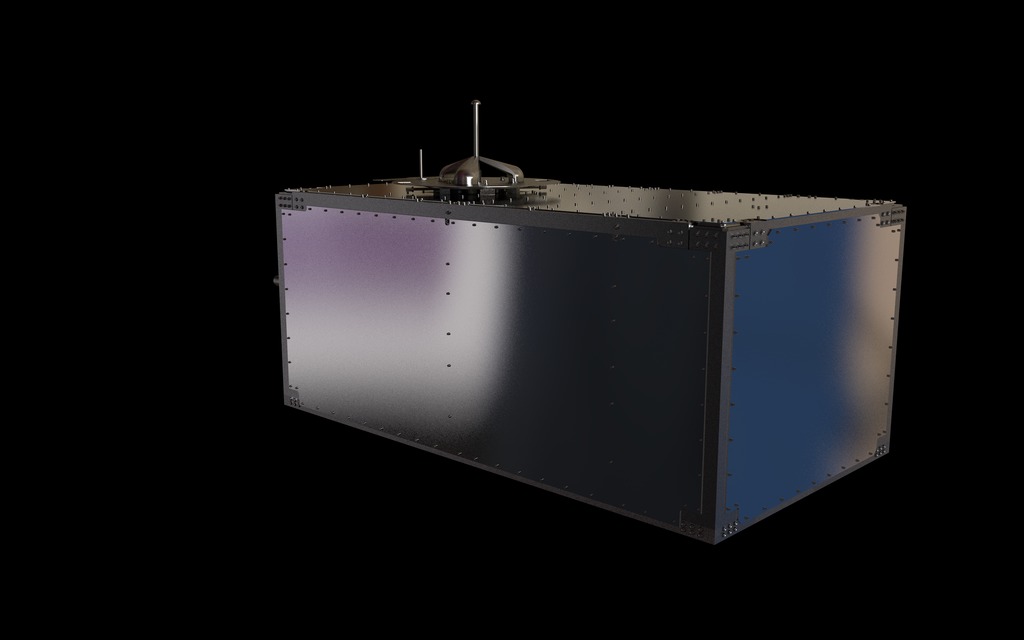
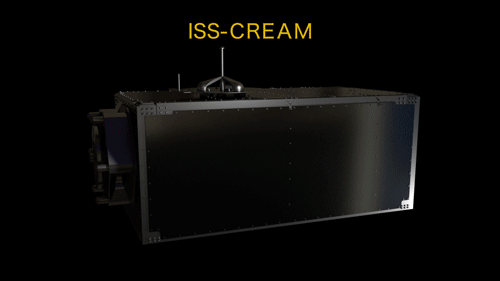
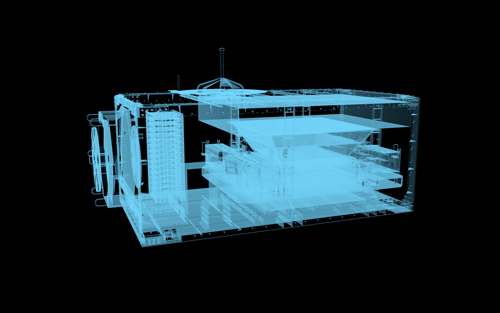
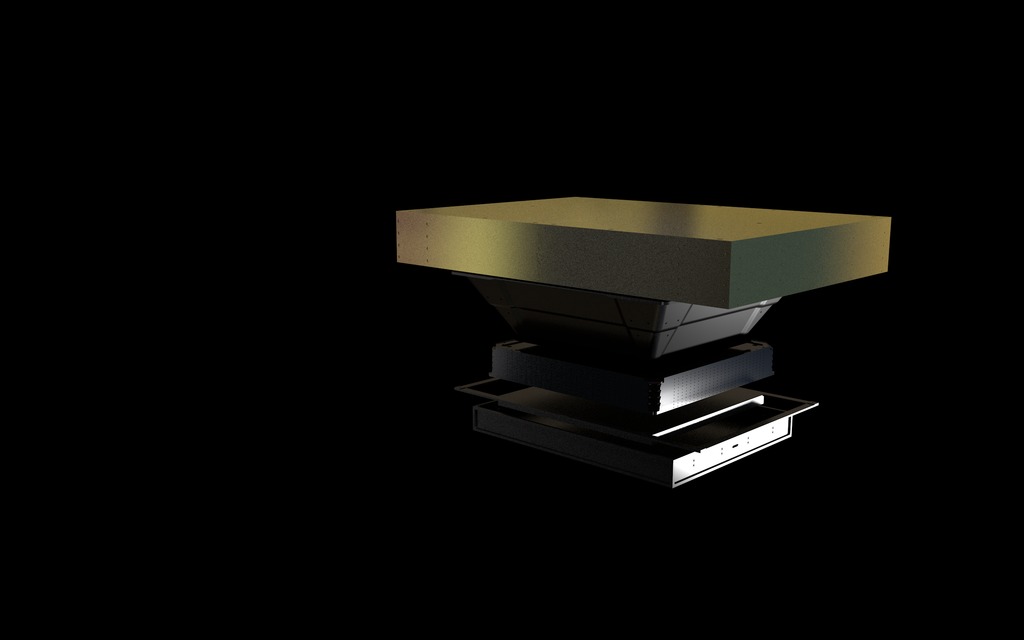
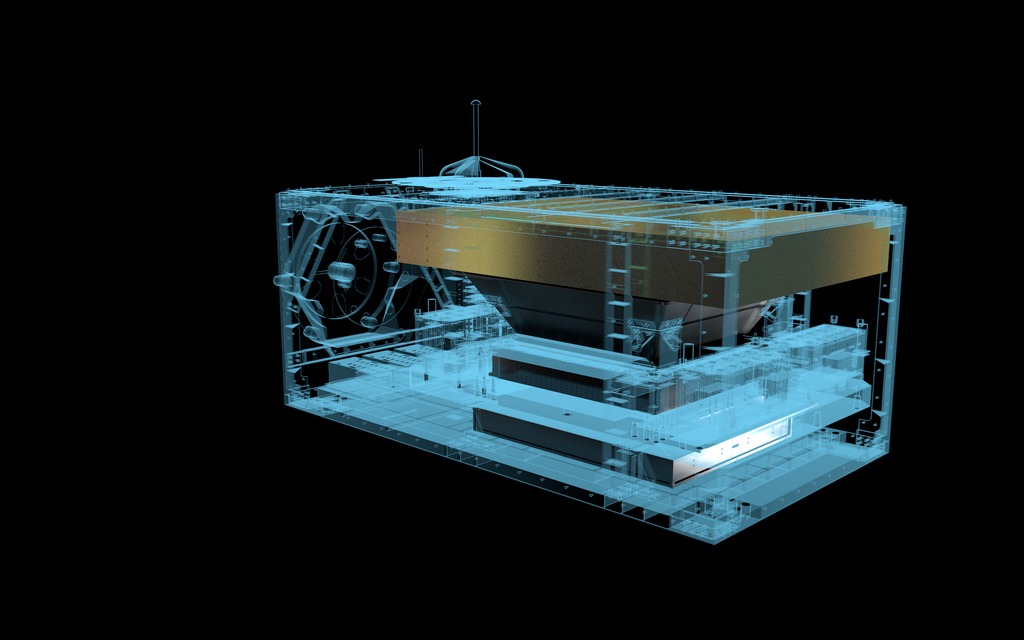
Cosmic Ray Energetics And Mass for the International Space Station (ISS-CREAM)
The Cosmic Ray Energetics And Mass mission for the International Space Station (ISS-CREAM) is designed to measure the highest-energy cosmic rays of any detector yet flown in space. The refrigerator-sized, 1.4-ton (1,300 kilogram) experiment will reside on the Exposed Facility platform extending from Kibo, the Japanese Experiment Module, after its launch in August 2017.
The mission's goal is learn more about the origin of cosmic rays and the acceleration mechanisms that drive them to extreme energies. ISS-CREAM is designed to detect cosmic rays with energies reaching 1,000 trillion electron volts (1 PeV), far beyond the reach of particle accelerators on Earth.
ISS-CREAM detects cosmic ray particles when they slam into the matter making up its instruments. First, a silicon charge detector measures the electrical charge of incoming particles, then layers of carbon provide targets that encourage impacts, producing cascades of particles that stream into electrical and optical detectors below while a calorimeter determines their energy. Two scintillator-based detector systems provide the ability to discern between singly charged electrons and protons. All told, ISS-CREAM can distinguish electrons, protons and atomic nuclei as massive as iron as they crash through the instruments.





For More Information
Credits
Scott Wiessinger (USRA): Lead Producer
Francis Reddy (Syneren Technologies): Lead Science Writer
Scott Wiessinger (USRA): Lead Animator
Francis Reddy (Syneren Technologies): Lead Science Writer
Scott Wiessinger (USRA): Lead Animator
Please give credit for this item to:
NASA's Goddard Space Flight Center
NASA's Goddard Space Flight Center
Short URL to share this page:
https://svs.gsfc.nasa.gov/12679
This item is part of these series:
Narrated Movies
Astrophysics Animations
Astrophysics Stills
Keywords:
GCMD >> Earth Science >> Sun-earth Interactions >> Solar Activity >> Cosmic Rays
SVS >> Astrophysics
SVS >> International Space Station
SVS >> ISS
NASA Science >> Universe
GCMD keywords can be found on the Internet with the following citation: Olsen, L.M., G. Major, K. Shein, J. Scialdone, S. Ritz, T. Stevens, M. Morahan, A. Aleman, R. Vogel, S. Leicester, H. Weir, M. Meaux, S. Grebas, C.Solomon, M. Holland, T. Northcutt, R. A. Restrepo, R. Bilodeau, 2013. NASA/Global Change Master Directory (GCMD) Earth Science Keywords. Version 8.0.0.0.0
https://svs.gsfc.nasa.gov/12679
This item is part of these series:
Narrated Movies
Astrophysics Animations
Astrophysics Stills
Keywords:
GCMD >> Earth Science >> Sun-earth Interactions >> Solar Activity >> Cosmic Rays
SVS >> Astrophysics
SVS >> International Space Station
SVS >> ISS
NASA Science >> Universe
GCMD keywords can be found on the Internet with the following citation: Olsen, L.M., G. Major, K. Shein, J. Scialdone, S. Ritz, T. Stevens, M. Morahan, A. Aleman, R. Vogel, S. Leicester, H. Weir, M. Meaux, S. Grebas, C.Solomon, M. Holland, T. Northcutt, R. A. Restrepo, R. Bilodeau, 2013. NASA/Global Change Master Directory (GCMD) Earth Science Keywords. Version 8.0.0.0.0











